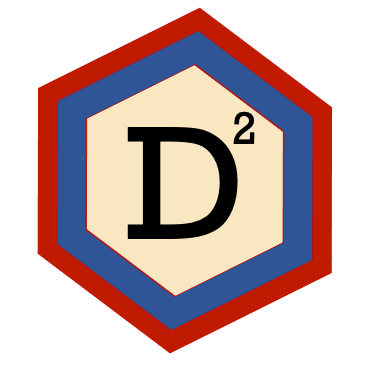Variation
Learning to See Signals in the Noise
Life is variation. Variation there will always be, between people, in output, in service, in product. What is the variation trying to tell us about a process, and about the people that work in it?
Need a teacher understand something about variation? Mr. Heero Hacquebord sent his six-year-old daughter to school. She came home in a few weeks with a note from the teacher with horrible news that she had so far been given two tests, and this little girl was below average on both tests. Warning to the parents that trouble lies ahead…
The teacher failed to observe that roughly half of her pupils will be above average on any test, and the other half below…
- W.E. Deming, The New Economics, 3rd Ed., p. 67
The basic fault of the annual appraisal is that it penalizes people for normal variation of a system.
- W.E. Deming as quoted by Orsini , Joyce (edited by); Deming Cahill, Diana (edited by). The Essential Deming: Leadership Principles from the Father of Quality p. 27.
If I had to reduce my message for management to just a few words, I’d say it all had to do with reducing variation.*
- W.E. Deming, quoted in Henry Neave’s The Deming Dimension, p. 57
Variation was a chief preoccupation of Dr. Deming’s and it figures prominently as one of the four aspects of his System of Profound Knowledge. Variation shows up not only in the quality of products and services of a system, but also in processes and people who work with and within them. Without a theory of variation, management can be consigned to reacting to fluctuations in figures, setting unachievable targets for quality, and using extrinsic motivators like bonuses or bad appraisals to get better results from employees. Ironically, these remedies tend to invite more undesirable variation than was originally observed.
Deming learned from his friend and mentor, Dr. Walter Shewhart, that there are two types of variation that systems present: Those endemic to the system (common-cause), and those due to some extraordinary circumstance or influence that affected the system (special-cause). Like the distribution of grades in Mr. Hacquebord’s daughter’s class, most of the variation we see every day in defects, mistakes, accidents, waste, and re-work is predictable and built-in to the system. It comes from common-causes, and is typically beyond the reach of employees to change, while truly special causes often go unnoticed because we cannot easily perceive signals among so much noise.
In Deming’s view, it is management’s main task to distinguish common and special causes in their systems and to try to avoid confusing one type for another for action with the aid of some statistical theory.
For example, we could do as Dr. Shewhart and Dr. Deming would and visualize data points using a Process Behaviour Chart like the one below to determine what our “normal” operating conditions look like, paying attention for any points that go beyond the red limit lines and investigating them for causes. How could we improve our processes to address the causes behind the high level of defects for shift #2?
This is the difference between optimizing and tampering with a system and the key to improving quality. As the Red Bead Experiment demonstrates, you don’t get improvement by demanding tighter specifications or meting out discipline while holding all else constant - the system will carry on regardless. Yet, what do we see driving and guiding improvement transformations, today?
Consider the types of variation you see in your organization today: List out the ones that cause dissatisfaction to you and your customers and trace them back to processes and events. Which do you surmise are common-cause and special-cause? How would you know if a process has been optimized or improved?




